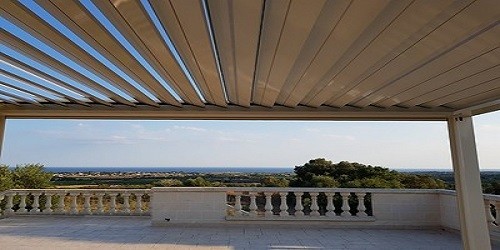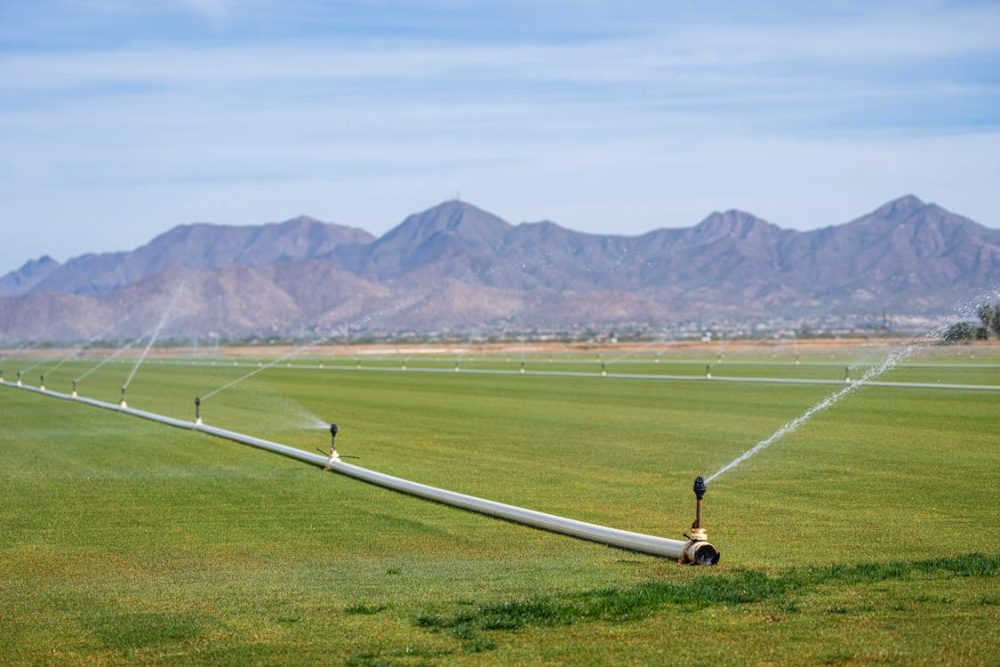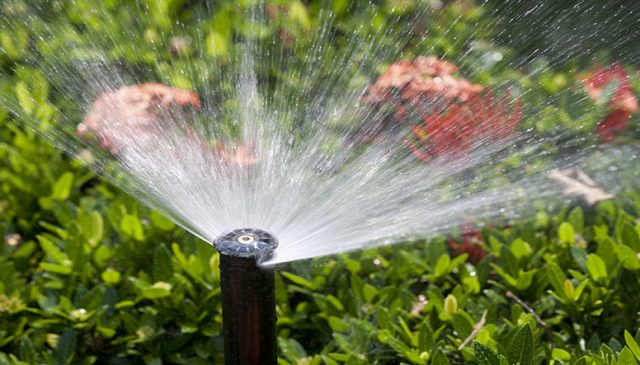A perfect compromise between the awning and the veranda, the pergola elegantly optimizes your outdoor living area. In its bioclimatic version, it allows a fair control of solar gains, ensures a regulated temperature of the habitat, and energy savings.
Light construction installed in the garden, often in bloom, the pergola naturally finds its place in the garden. A small outdoor lounge, a space where people like to relax, today it has adopted a new, resolutely ecological attitude. It approaches the house to lean against it and offer shade, thus contributing to summer comfort. Suddenly, the pergola is an interesting alternative to the awning and the veranda to enjoy your terrace without worrying about weather conditions. Easy to install, modular, aesthetic, pergolas also incorporate advanced technologies and are available with high-end options.
But bioclimatic? Concretely, what does that mean? A bioclimatic pergola is topped with a roof of adjustable aluminum slats. These will allow you to instantly adjust the amount of sunshine, creating cooling ventilation in the event of high heat or sheltering you from bad weather. It can also use blinds, equipment that will allow you to enjoy this privileged place in all seasons and in all circumstances. Tip: check the local urban plan to see if the installation of a pergola is authorized. Likewise, think about the pergola when creating the house for more consistency and better summer comfort in the home.
Create a Comfortable Space
The main function of a bioclimatic pergola is to protect an outdoor space – a terrace, a patio, a courtyard – from the sun and heat but also, more broadly, from all bad weather. Thanks to it, you can make the most of your terrace and, above all, longer during the day and throughout the year. The dimensioning of the structure is calculated according to the area to be protected. It can be adapted to the entire terrace or cover only part of it, as you wish.
Regulate the Temperature
Bioclimatic pergolas generate natural ventilation avoiding greenhouse effects while regulating the interior temperature of your home. Thanks to the adjustable slats with which their roof is fitted, pergolas can, depending on the position of the latter, both effectively block the sun’s rays in summer and let them pass in winter so as to optimize the heat input inside of the house. They thus adapt perfectly to the seasons. The location of the pergola is defined according to the natural elements and, more specifically, the exposure. When it is leaned against the house, one must also think of the accesses for more practicality.
Highlight the House
For successful integration, you just need to choose the right colors and the right finishes. And there are many. A wide range that allows professionals to carry out installations in areas classified as Buildings in Florida. Finally, unlike awnings whose fall under the roof can “pack” the terrace, pergolas allow you to maintain a good height over the entire width of the latter. Remember, however, that blinds can also be adapted to pergolas. We will then choose a slightly translucent canvas to keep the light without creating overheating.
Renew the Aesthetics of the Garden
The structure of the pergola can be produced in a wide range of colors for an increasingly discreet and harmonious integration. Some models are equipped with a ballast system in the form of planters. Attached to the posts of the structure, they make it possible to overcome the technical constraints associated with fixing and can be vegetated. Finally, some professionals, such as Done Right, offer the possibility of adding translucent matt glass slats to the adjustable aluminum slats to bring more light into the house in the case of a design leaning against the facade.
Choose your Layout
Until now, bioclimatic pergolas have most often followed simple square or rectangular lines, always at right angles. A configuration far from being suitable for all exteriors, especially with gardens that become modular and tend to be restricted. But there are now many manufacturers who offer more advantageous solutions. Autonomous on four legs, contiguous to a wall with two legs, in a wall angle with only one leg, between two walls and free-standing but also by assembling several pergolas…
Customize Your Equipment
To increase the comfort of your pergola, you are spoiled for choice: wind-resistant canvases integrated into the structure, sliding panels with aluminum or wooden slats, sliding glass walls with or without lock (full height folding and retractable closing one or more sides of the pergola). Some models have a lighting system. These are generally light bands or spotlights built into the structure of the pergola. They are remotely controlled, and whose intensity and color may vary. An alternative to the parasol heater, a heating ramp with an integrated dimmer is also increasingly used in the equipment. To this already long list may be added misters, to refresh the atmosphere, as well as sound systems.
Gain in Comfort
Bioclimatic pergolas have the great advantage of functioning autonomously. Most models are, in fact, equipped with sensors that automatically manage the closing and opening of the slats. Where applicable, the blinds. In the event of strong winds, the slats will open automatically to prevent air from being engulfed in the structure. In the event of rain, a sensor automatically closes the slats from the first drops, thus ensuring a perfect seal. The pergola can also be integrated into a home automation system to be able to control it remotely.
Do You Need the Advice of a Professional? Contact Done Right!
If you need professional advice regarding installation, improvement, or maintenance of a pergola at your place, contact one of our experts in the installation and maintenance of pergolas at Done Right.





